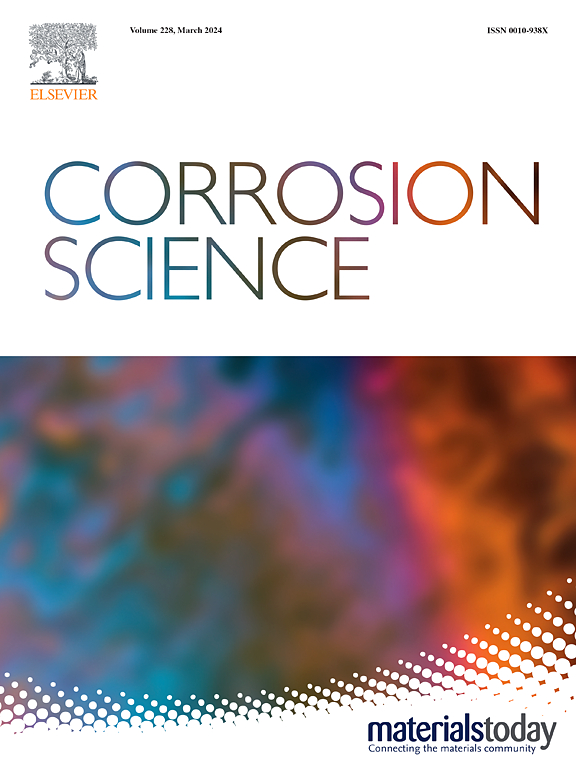Decomposition products of oxygen scavengers and their effect on corrosion of steam generator materials – I. Diethyl-hydroxylamine and carbohydrazide
IF 7.4
1区 材料科学
Q1 MATERIALS SCIENCE, MULTIDISCIPLINARY
引用次数: 0
Abstract
Hydrazine used as oxygen scavenger in the secondary circuit of pressurized water reactors is hazardous to the environment and potentially carcinogenic, thus, suitable replacement chemicals for it are actively sought. In the present paper, decomposition products of two potential replacements – carbohydrazide and diethyl-hydroxylamine – are analyzed, and their effect on secondary water chemistry and corrosion of the main steam generator materials – carbon steel 22 K, stainless steel 0X18H10T and Alloy 690 – is studied by in-situ electrochemical techniques complemented by ex-situ analyses of the formed oxides by spectroscopic and microscopic methods. Quantitative interpretation of the electrochemical impedance data with the Mixed-Conduction Model allowed for the estimation of oxidation and corrosion release rates depending on scavenger formulation, alloy type and temperature. Conclusions on the extent of interaction of decomposition products with construction materials are drawn based on the experimental and calculational results.
氧清除剂的分解产物及其对蒸汽发生器材料腐蚀的影响 - I. 二乙基羟胺和碳酰肼
在压水反应堆二次回路中用作氧清除剂的肼对环境有害,并可能致癌,因此人们一直在积极寻找合适的替代化学品。本文分析了两种潜在替代品--碳酰肼和二乙基羟胺--的分解产物,并通过原位电化学技术研究了它们对二次水化学和主要蒸汽发生器材料--碳钢 22 K、不锈钢 0X18H10T 和合金 690--腐蚀的影响,同时辅以光谱和显微镜方法对形成的氧化物进行了原位分析。利用混合传导模型对电化学阻抗数据进行定量分析,可以根据清除剂配方、合金类型和温度估算氧化和腐蚀释放率。根据实验和计算结果,得出了分解产物与建筑材料相互作用程度的结论。
本文章由计算机程序翻译,如有差异,请以英文原文为准。
求助全文
约1分钟内获得全文
求助全文
来源期刊

Corrosion Science
工程技术-材料科学:综合
CiteScore
13.60
自引率
18.10%
发文量
763
审稿时长
46 days
期刊介绍:
Corrosion occurrence and its practical control encompass a vast array of scientific knowledge. Corrosion Science endeavors to serve as the conduit for the exchange of ideas, developments, and research across all facets of this field, encompassing both metallic and non-metallic corrosion. The scope of this international journal is broad and inclusive. Published papers span from highly theoretical inquiries to essentially practical applications, covering diverse areas such as high-temperature oxidation, passivity, anodic oxidation, biochemical corrosion, stress corrosion cracking, and corrosion control mechanisms and methodologies.
This journal publishes original papers and critical reviews across the spectrum of pure and applied corrosion, material degradation, and surface science and engineering. It serves as a crucial link connecting metallurgists, materials scientists, and researchers investigating corrosion and degradation phenomena. Join us in advancing knowledge and understanding in the vital field of corrosion science.
 求助内容:
求助内容: 应助结果提醒方式:
应助结果提醒方式:


